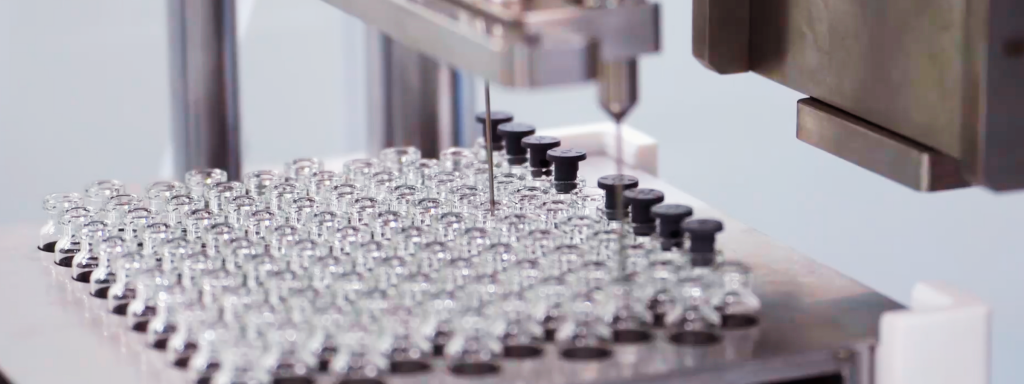Protease inhibitors play an important role in drug development, and their screening techniques are also diverse. Here are five effective protease inhibitor screening techniques:
1. High throughput screening (HTS)
Principle: Rapid screening of a large number of compounds through automated equipment and detection instruments to find substances with protease inhibitory activity.
Advantages: Able to process a large number of samples simultaneously, improving screening efficiency; High degree of automation, reducing human error.
Application example: In the screening of SARS-CoV-2 protease inhibitors, the HTS method was used to screen a large library of compounds, successfully discovering multiple compounds with the ability to inhibit virus replication.
2. Structure Based Drug Design (SBDD)
Principle: Using the known crystal structure of proteases, the binding mode between compounds and proteases is predicted through computer simulation and molecular docking techniques, in order to design molecules with specific inhibitory activity.
Advantage: It can accurately design the active site of proteases, improving the specificity and affinity of compounds.
Application example: In the development of anti-cancer drugs, inhibitors targeting specific cancer proteins were designed using SBDD technology, achieving significant therapeutic effects.
3. Virtual Screening
Principle: Use computer algorithms to screen compounds in large chemical databases, predict their binding ability and inhibitory activity with proteases.
Advantages: Fast screening speed, low cost, and the ability to cover a wider range of compound types.
Application example: In the development of antiviral drugs, virtual screening technology is widely used to search for potential protease inhibitors.
4. Affinity Selection
Principle: Through specific screening methods such as phage display technology, ribosome display technology, etc., ligands or antibodies with high affinity for proteases are selected from a large number of random peptide or antibody libraries.
Advantage: The ability to discover novel, non natural inhibitor structures, providing new ideas for drug development.
Application example: In tumor immunotherapy, high affinity antibodies targeting specific tumor associated antigens are discovered through affinity screening techniques for the diagnosis and treatment of tumors.
5. Cell Based Screening
Principle: Screening compounds at the cellular level, indirectly evaluating their inhibitory activity against proteases by observing their effects on biological behaviors such as cell growth, proliferation, and apoptosis.
Advantage: It can more accurately reflect the effects of compounds in the body, which helps to discover inhibitors with potential clinical value.
Application example: In the development of antiviral drugs, cell-based screening technology is used to evaluate the inhibitory effect of compounds on virus-infected cells.
In summary, each of these five screening techniques has its own advantages, and suitable methods can be selected for screening protease inhibitors based on specific research objectives and experimental conditions. In practical applications, these technologies often combine with each other to form a comprehensive screening strategy to improve screening efficiency and success rate.
Share on:
Facebook
Twitter
Pinterest
WhatsApp
Recent posts
We recommend


